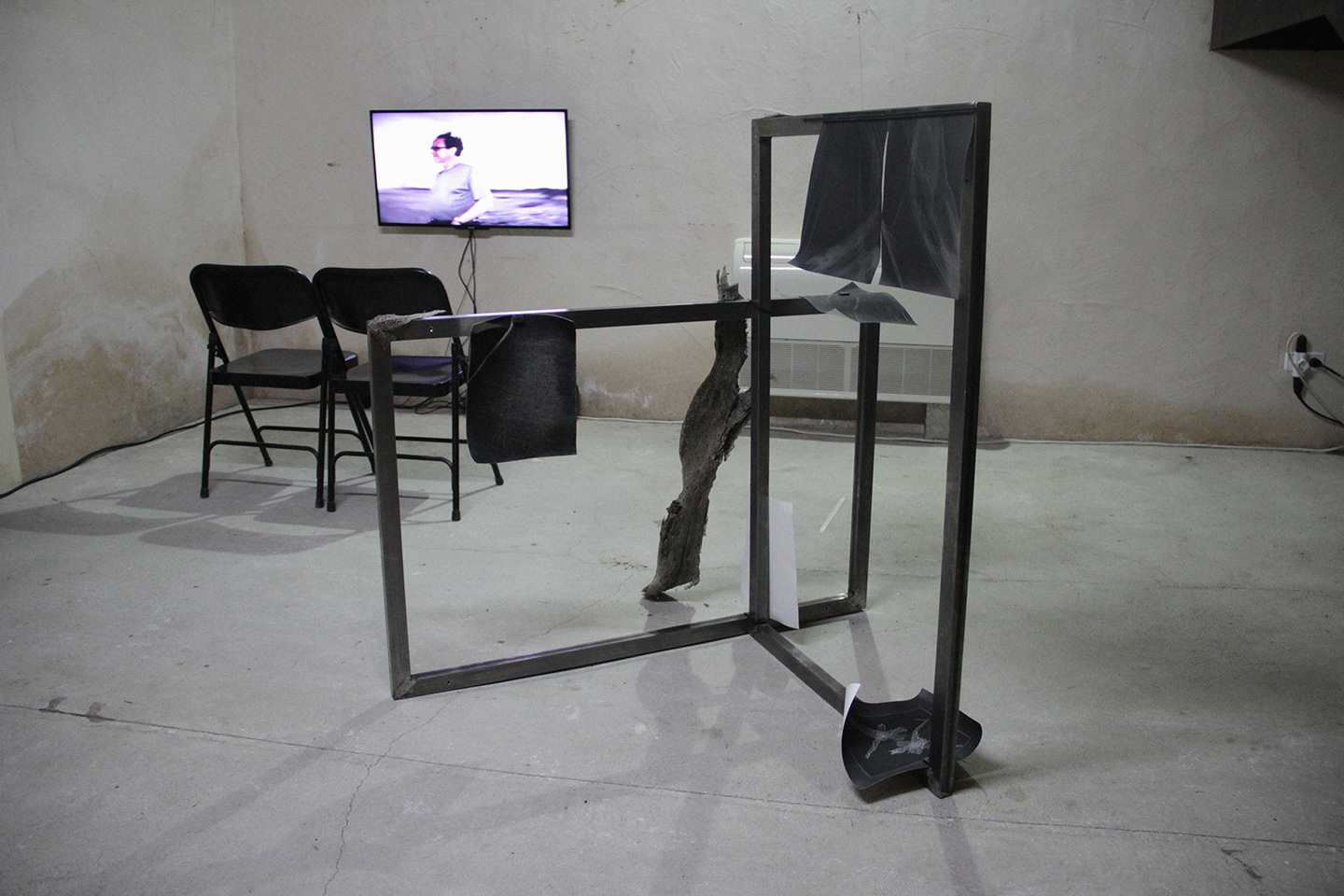
06 Feb Lorenzo Sandoval
Residency Programme: December 2016
Lorenzo researches about the relationship between Charles Babbage (the inventor of the analytic machine, precursor of the computer) and Henry Fox Talbot (inventor of the calotype: first photographic negative). The line which connects these two relevant characters is the technological application of binary codes.
Easier to understand is the case of photography where 1 would be the light and 0 the darkness. These two variables and their nuances weave a framework which ends up giving us a black and white image.
Starting from this relationship, Sandoval searches the reflection of these systems in pre-industrial labor, especially related to textile. He tries to connect the craft labor with the most contemporary digital technology. Lorenzo searches for the computational bases of the former, as well as the organic and biological dimension which destabilizes the simulacrum of perfection of the latter.
Sandoval stitches his theory through three elements: the lace, the moire and the sensors.
The lace is a pattern which photographic application turns into an abstraction of visual data which can be interpreted as the basis of the media culture.
The moire is an effect produced by the impact of light on a matter consisting of two overlapped grids having different size or angle; this produces an optical error in our perception.
The sensors are considered by Lorenzo all this devices which we use daily and register by direct action, through the touch, hundreds of orders and wishes: telephones, computers, ATMs, etc.
Before these interactions start to affect the infosphere, there are the marks on the screens, the trace of the finger grease (the organic dimension) and the optical failure (the biological dimension) which produces a moire effect, revealing the underlying technological framework that separates the reality from its representation.
The ultimate aim of this research is to question if in a fully mechanized and monitored world there is anything left outside of the algorithms.






